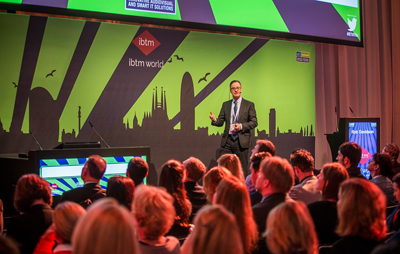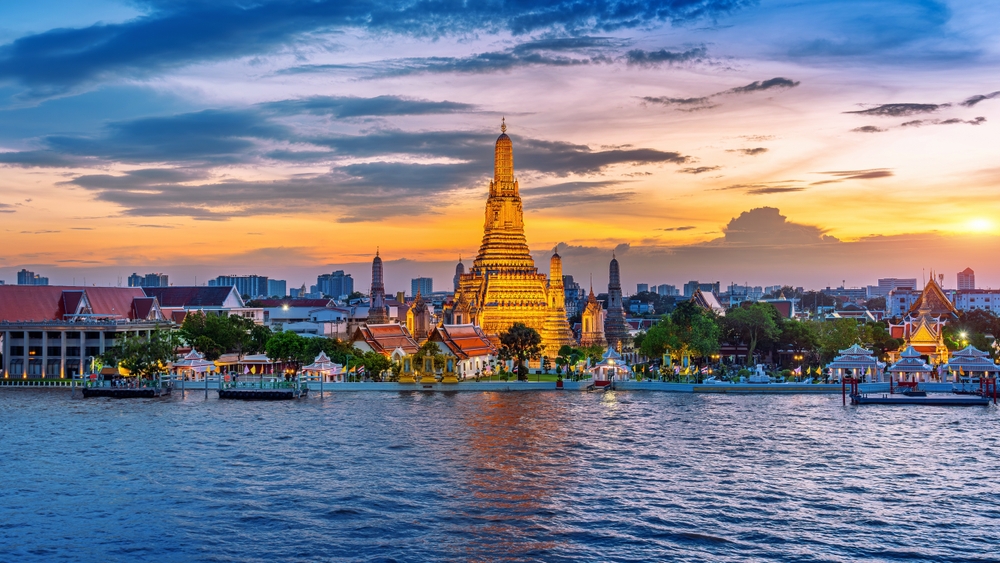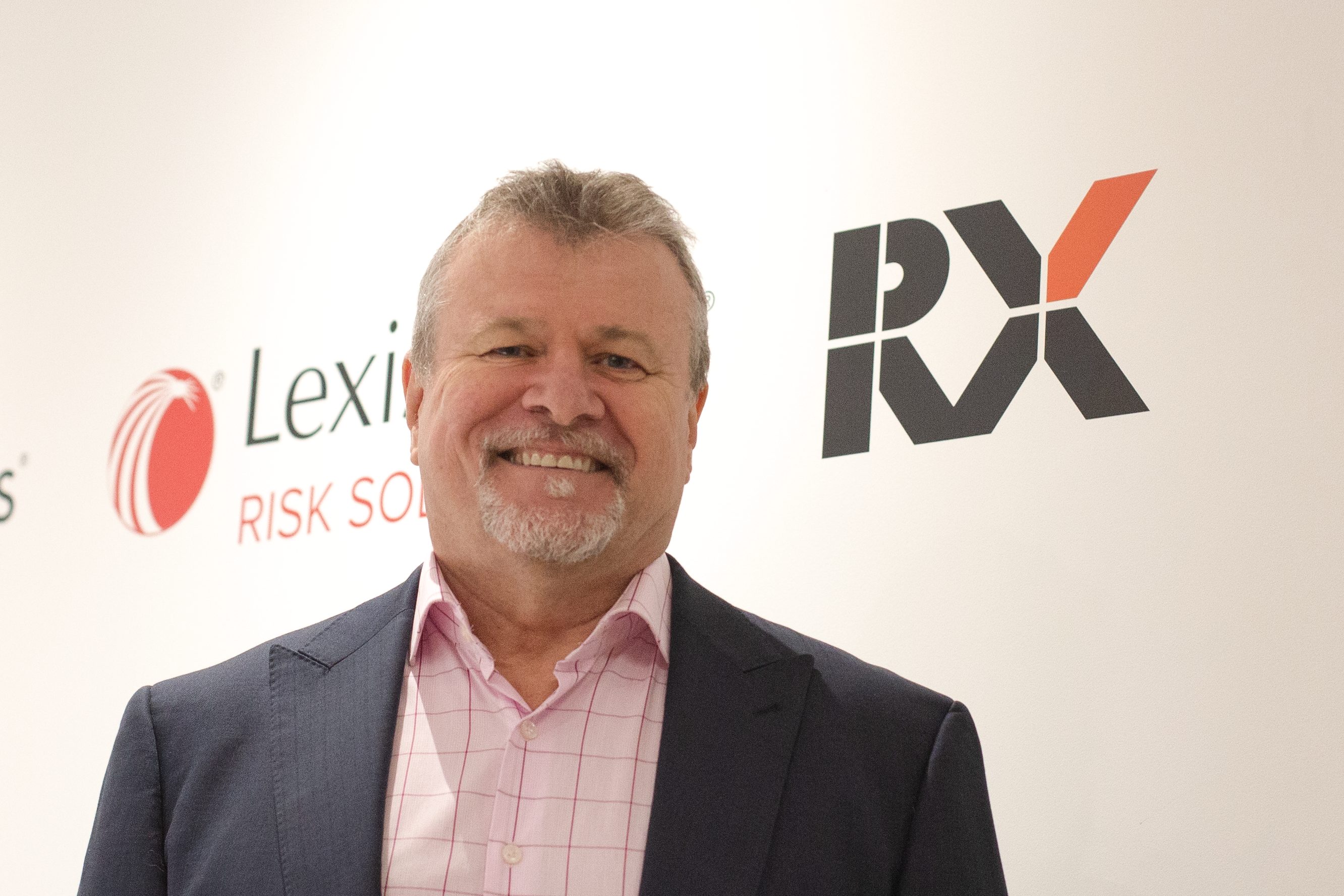
Planners in Asia are seeking more adventurous destinations thanks to growing regional airline capacity, an IBTM report shows.
Rob Davidson, IBTM industry analyst and managing director of MICE Knowledge consultancy, unveiled his annual Trends Watch Report 2016 in Barcelona at IBTM World.
The report is compiled using data from surveys by professional associations and related sources. The report’s main findings and Asia Pacific-focused content includes:
Association Conferences
Association conferences continue to represent a more stable segment of the meetings market. The growth in the number of associations – in particular international associations – continues, year-on-year.
The 53rd edition of the Union of International Associations (UIA) Yearbook of International Organisations includes 68,576 international associations, which is 547 more than in the 52nd edition.
Destinations for international association conferences
The most recent International Congress and Convention Assocation (ICCA) statistic report, ranking cities and countries by number of international association conferences held in 2016, puts Singapore at seventh behind six European destinations. Seoul came in joint 13th, Hong Kong 15th, Bangkok 16th and Beijing joint 19th.
In terms of country rankings, Japan came in seventh with China one place behind. South Korea was ranked 13th; Australia 15th.
Incentive travel
This year’s MeetingsNet/Incentive Research Foundation (IRF) incentive travel survey suggests there will be increased demand for incentive travel globally with expanding budgets and incentive programmes growing in popularity.
The surveys from 2008-2014 show a continuous decrease in the average per-person spending on incentive travel programmes, from US$3,659-US$2,397. Last year showed more promising results with an average figure of US$3,045, and spending continued to increase into this year with respondents average spending at US$3,165.
Around 20 per cent of respondents to this year’s MeetingsNet/IRF 2016 incentive travel survey said that they would chose Asia as the destination for their 2016 incentives. Asia was the sixth most popular destination choice, behind the US and Europe among others.
Asia Trends 2016
Travel consultancy Advito’s 2016 Industry Forecast report shows that both demand and supply are growing steadily in Asia.
The Forecast indicates that demand for meetings is growing particularly fast in China, in spite of its slower economic growth, and that planners are increasing looking outside of Beijing.
Another trend noted is that buyers are increasingly selecting four- and 4.5-star properties over five-star hotels. This appears to be conscious efforts to lower average rates, as buyers in the region are under increasing pressure to monitor meeting costs.
Four- and 4.5-star properties are emerging especially strongly in India (in cities such as Delhi and Bangalore) and in resort destinations (including Bali and Phuket).
Five-star hotels are trying to keep prices down in response to the competition.
Destination trends
Prospering nations
Thailand is proving increasing popular with planners following the end of civil unrest in the country, as is Vietnam. Both countries offer reasonable prices and a selection of venues from economy to luxury hotels.
Venturing out
The Advito Industry Forecast also notes that Asian meeting planners are becoming more adventurous in their destination choices. This seems to be as a result of growing airline capacity – up nearly eight per cent in the first five months of 2016 according to the International Air Transport Association (IATA) – allowing planners to access new locations.
Regional cooperation
The Korea MICE association (KMA) is taking strides to unite the region’s meetings associations into a combined entity, tentatively named the Asia-Pacific Federation of MICE Associations.
To achieve this, the association is first collaborating with its individual Asia-Pacific counterparts, and has already signed Memoranda of Understanding (MoU) with the Japan Convention Management Association (JCMA), Singapore Association of Convention and Exhibition Organisers and Suppliers (Saceos), the China MICE Committee, and Thailand Incentive and Convention Association (TICA).
The KMA aims to sign at least one MoU per year, building up to a region-wide MICE association by roughly 2020.
Intra-Asia Pacific business events also make up a large proportion of the market. New Zealand represented the largest market for international business events visitors to Australia in 2015. Consequently, Tourism Australia has committed itself to promoting business events to the New Zealand market.
Australia
Australia will benefit from new infrastructural developments for the meetings industry, namely International Convention Centre (ICC) Sydney, due to open on December 20, 2016.
Existing venues are also contributing to the country’s success, with the Brisbane Convention & Exhibition Centre (BCEC) named the World’s Best Convention Centre at the 2016 Annual General Assembly of the International Association of Congress Centres (AIPC) in Nantes, France.
Meetings and events 2017 outlook
Most surveys of meetings and event professionals suggest moderate growth in 2017, according to the Forecast.
The Global Business Travel Assocation (GBTA) & Carlson Wagonlit Travel (CWT) 2017 Global Travel Price Outlook report suggests that group sizes in Asia Pacific will increase by 5 per cent, and cost per attendee per day will be up 3 per cent.
The same source predicts that in the Asia Pacific region, the transfer of knowledge, technology, and expertise from more mature regions will help to advance meetings and events programmes in 2017. Advito’s report predicts that introduction of new supply will slow in 2017, while demand will continue to grow. Availability will tighten, leading to sharper increases in high-demand cities like Hong Kong, Singapore, Shanghai and Tokyo.
Average spend may rise as customers consider increasing their budgets and holding higher-quality meetings.
Forecast conclusion
In times of uncertainty following the UK’s decision to leave Brexit and fluctuations in global markets, the meetings and events industry must show that it can prosper in the face of challenges.
Report author Rob Davidson notes how well equipped the industry is now compared to when his first report was published 12 years ago. He cites the quality of education and training for the industry – especially that provided by meetings industry associations to their members and seminar programmes at meeting industry exhibitions – and technological advances as invaluable tools for industry prosperity.
Rob Davidson is an industry analyst and managing director of MICE Knowledge, a consultancy that specialises in research, education and training services for the business tourism industry


